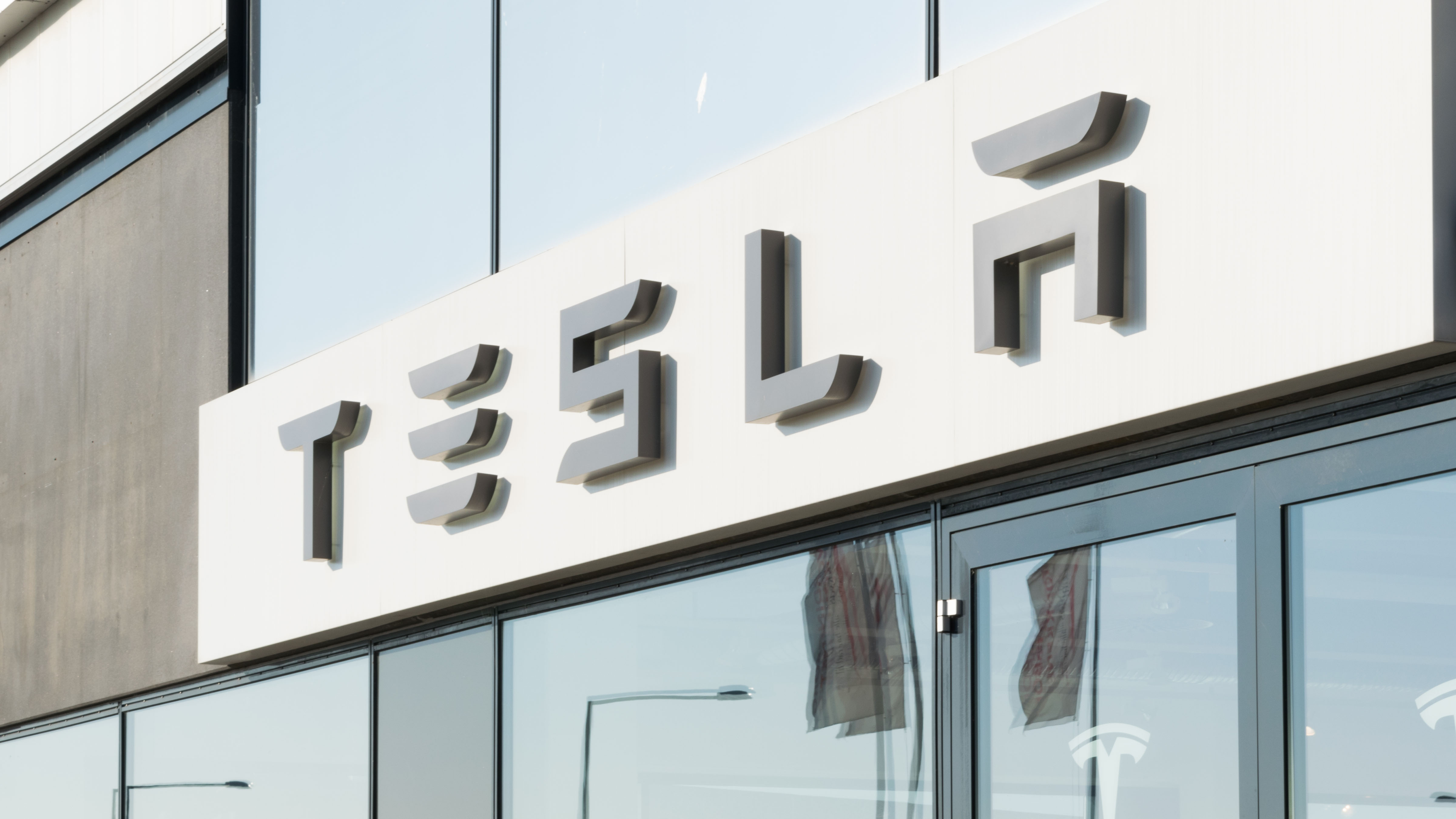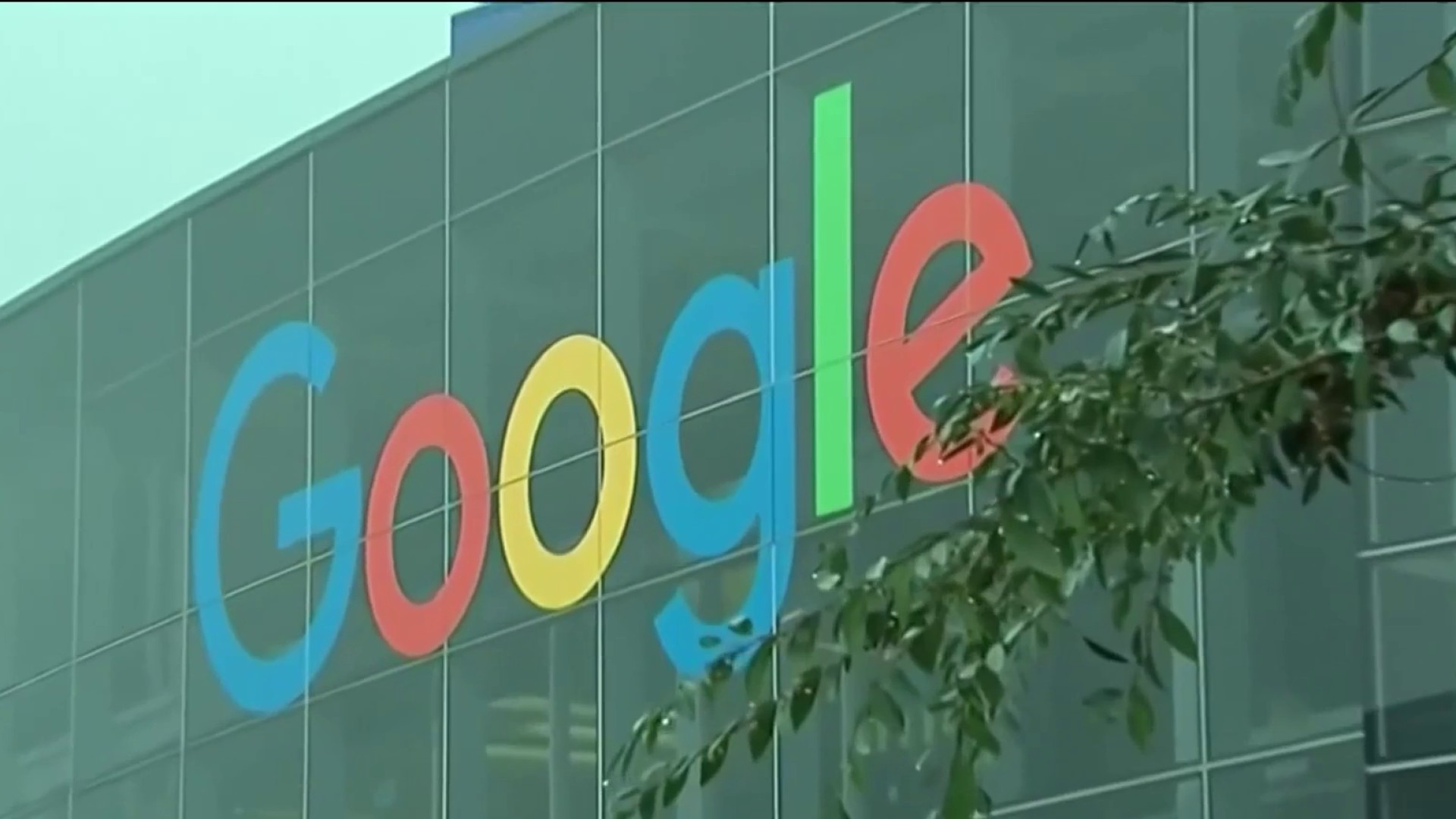Say hello to Sprint's EVO 3D, the first glasses-free 3D smartphone to be released in the U.S. Yep, even though LG's Thrill 4G promised to be the first one out the door, the EVO 3D's actually gone and leapfrogged over it.
Joining the Nintendo 3DS with its parallax barrier screen for glasses-free 3D goodness, the EVO 3D boasts a 4.3-inch qHD screen (that's 960 x 540 for you neophytes), a 1.2GHz dual-core processor, dual 5-megapixel cameras on the rear (video recording up to 720p), 4GB of internal storage and Android 2.3 Gingerbread skinned with HTC's custom HTC Sense UI.
Let's also not forget that the Evo 3D will use Sprint's four-geeeee, er...4G wireless speeds for lightning quick uploads and downloads.
Like the 3DS, 3D-viewing angles will be limited to a "sweet spot" and will look blurry from all other perspectives, but when viewed head-on, the 3D illusion is spectacularly impressive. And just like the 3DS, when the 3D effect is turned on, it could lead to slight headaches or nausea, so taking frequent breaks is recommended. Sadly, there is no "3D depth slider" on the EVO 3D, which is a major sad face for those who want to tone down the 3D just a little.
As far as battery life goes, the general rule of thumb for all 4G smartphones applies: it'll be an energy hog. The original HTC EVO was known for its notoriously awful battery life with 4G turned on, and with 3D on full-blast, don't expect the battery life on the EVO 3D to get any better. If you're going to be using the EVO 3D with everything turned up, keep that charger handy or buy a spare battery — you'll need it.
For the early adopter, the HTC EVO 3D is available on Sprint starting today for $199 with a two-year contract. So what do you say, to 3D or not to 3D on your smartphone?



